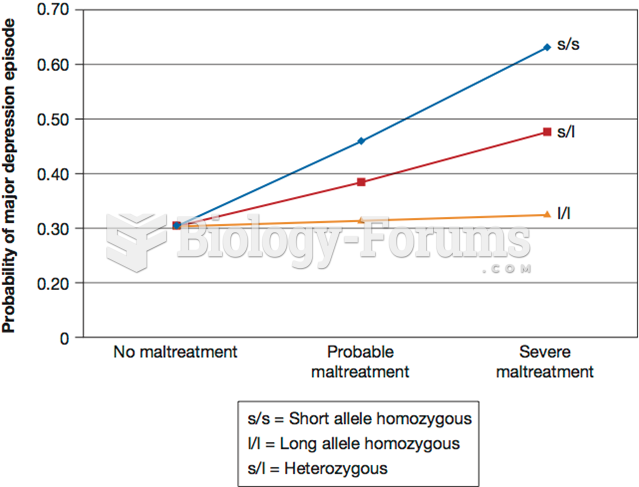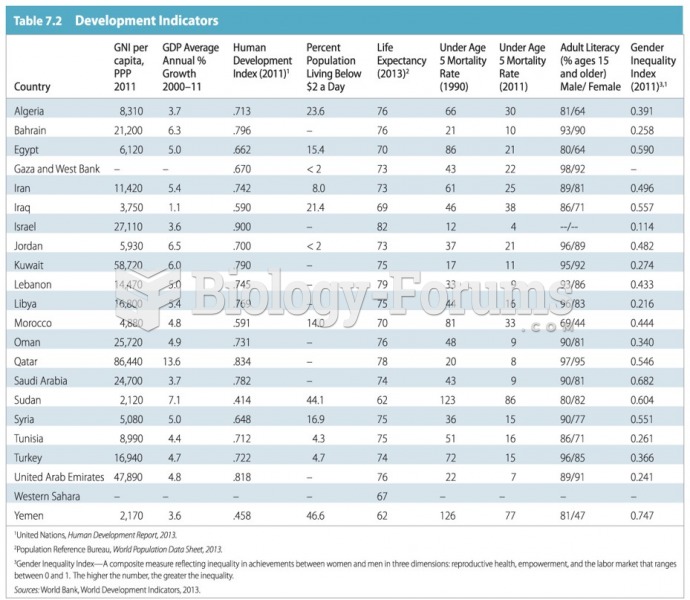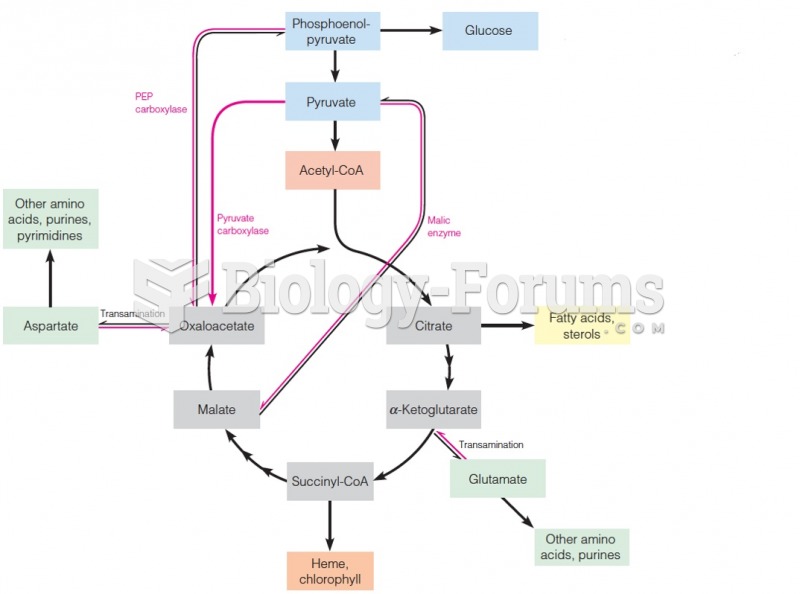Answer to Question 1
d
Answer to Question 2
Patrilocal residence refers to the custom of a married couple living in the same household (or community) as the husband's family. Across cultures, patrilocal residency is most common.
Socioeconomic factors can be an important factor in establishment of contemporary patrilocal residences. Few societies have residential patterns known as matrilocal residencethe custom of a married couple living in the same household (or community) as the wife's parents. In industrialized nations such as the United States, most couples hope to live in a neolocal residencethe custom of a married couple living in their own residence apart from both the husband's and the wife's parents. For many couples, however, economic conditions, availability of housing, and other considerations may make neolocal residency impossible, at least initially. Even with the diversity of these patterns, most people's behavior is shaped by cultural rules pertaining to endogamy and exogamy. Endogamy is the practice of marrying within one's own group. In the United States, most people practice endogamy: they marry people who come from the same social class, racial/ethnic groups, religious affiliation, and other categories considered important within their own social group. Social
scientists refer to this practice as homogamythe pattern of individuals marrying those who have similar characteristics, such as race/ethnicity, religious background, age, education, and/or social ties. Homogamy is similar to endogamy. Various reasons have been given to explain why endogamy is so prevalent. One reason may be the proximity of other individuals in one's own group contrasted with those who are geographically separated from it. Another reason may be that a person's marriage choice is often influenced by the opinions of parents, friends, and other people with whom the person associates. Although endogamy is the strongest marital pattern in the United States, more people now marry outside their own group.
Exogamy is the practice of marrying outside one's own social group or category. Depending on the circumstances, exogamy may not be noticed at all, or it may result in a person being ridiculed or ostracized by other members of the in group. The three most important sources of positive or negative sanctions for intermarriage are the family, the church, and the state. Educational attainment is also a strong indicator of marital choices. Higher education emphasizes individual achievement, and college-educated people may be less likely than others to identify themselves with their social or cultural roots and thus more willing to marry outside their own social group or category if their potential partner shares a similar level of educational attainment.







